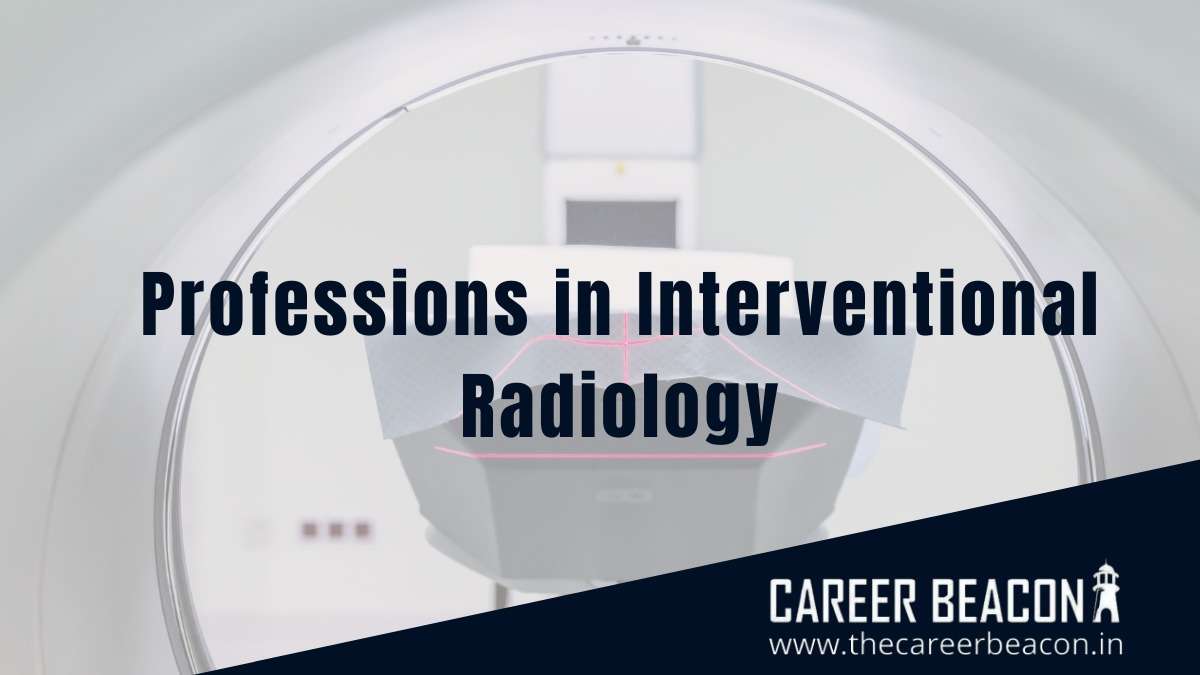
Professions in Interventional Radiology
Professions in Interventional Radiology
Interventional Radiologists
Interventional radiology is a skill of medical that uses minimally invasive procedures using radiologic picturing for treatment right direction. Interventional radiology procedures have become the main procedure of care for a variety of situations, offering less risk, low pain and less recovery time as compared to open surgery.
Interventional radiologists use machines like x-rays, CT, MRI Scan or other picturing guidance to move or use small instruments, like catheters and needles, through blood vessels and organs to treat or manage a variety of conditions.
These minimally invasive procedures can heal or restore symptoms of vascular illness, stroke, uterine fibroid, cancer uterine fibroid, etc. They are also experts at reading or studying x-rays, CTs, MRIs, and other forms of medical picturing.
Interventional radiologists is a certified, companionship trained medical practitioners who practices minimally invasive, targeted procedures. Interventional radiologists must graduate from an authorized medical school or institute, clear a licensing examination, and complete at least five years of graduate medical study . In addition, interventional radiologists have various different tracks to board certification.
Vascular Interventional Radiographer
The vascular interventional radiographer is used for imaging to treat minimally invasive vascular treatments, for example, stenting and angioplasty.
The aim of this skill is to work the least invasive method and system to diagnose or determine and treat patients. Doing so minimizes the risk of treatment while reducing or lessing pain and recovery time.
Vascular interventional radiology treatments often include an interventional radiologist passing or crossing a needle by inserting small probes or catheter tubes/pipes to hold out the diagnosis or procedure place.
Interventional radiologists assist a radiographer with diagnostic angiographic treatments as well as complex vascular and non-vascular interventional and therapeutic or curative procedures. Vascular interventional radiographers must have a mixture of technical, practical, radiologic, and clinical abilities.
Vascular interventional radiographers execute various duties during an interventional procedure. The radiographer is accountable for obtaining all instruments needed for a treatment positioning and picturing patients, resolving instrument issues, and displaying knowledge of human anatomy, analysis, interventional supplies/ collections, and treatment operation.
Modern practice providers are a portion of an interventional radiology group. These specialized medical care professionals may be uniquely or specially trained and advanced practice nurses, nurse practitioners, clinical nurse specialists, physician assistants, or radiologist assistants/ helpers.
Advanced practice nurses normally carry a master’s degree in nursing and have cleared an exam to become qualified by the American Nurses licensure Center. They are licensed depending on the requirements/ conditions of the state in which they work.
A nurse practitioner is a registered professional nurse with advanced medical, academic, and clinical experiences. They are licensed by exam by either the American Academy of Nurse Practitioners or through the American Nurses licensure Center. They are allowed at the state level.
A clinical nurse specialist carries out a master’s or professional experienced degree in a specialized area of nursing practice. Licensure depends on the state/place in which they are practicing.

